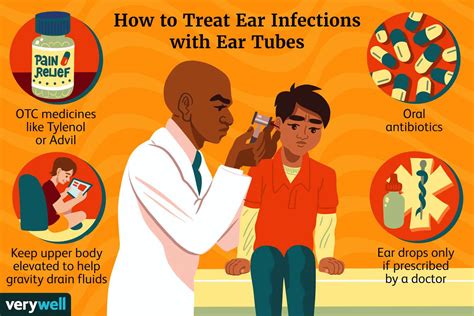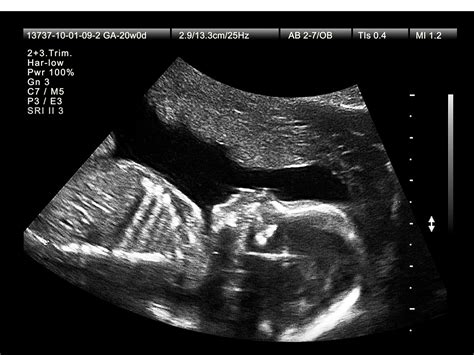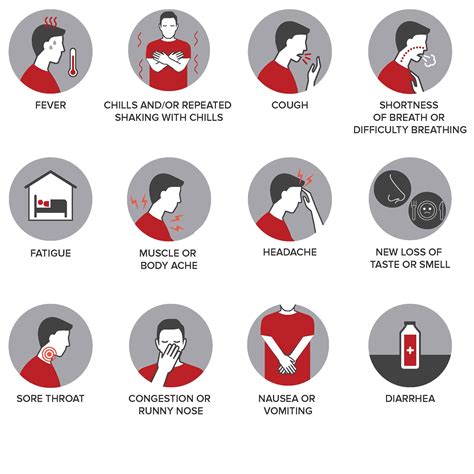Ear infections are a common affliction, particularly among children, but they can also affect adults. One of the most effective treatments for recurring ear infections or persistent fluid buildup in the middle ear is the insertion of tubes in the ears, also known as tympanostomy tubes. These small, cylindrical devices are designed to ventilate the middle ear, helping to alleviate pressure, drain fluids, and prevent future infections.
Understanding Ear Infections
Before delving into the specifics of ear tubes, it’s essential to understand what ear infections are and how they affect the ear. The middle ear, located behind the eardrum, is a small, air-filled cavity that contains three tiny bones (ossicles) responsible for transmitting sound vibrations to the inner ear. Ear infections, medically known as otitis media, occur when bacteria or viruses infect the middle ear, causing inflammation and fluid buildup. This condition can lead to symptoms such as ear pain, fever, difficulty hearing, and in severe cases, eardrum rupture.
What Are Ear Tubes?
Ear tubes, or tympanostomy tubes, are tiny tubes made of metal or plastic, approximately 1-2 millimeters in diameter. They are surgically inserted into the eardrum to create a ventilation pathway between the middle ear and the outer ear. This small tube allows air to enter the middle ear, helping to equalize air pressure on both sides of the eardrum, drain fluids, and prevent the accumulation of infectious materials.
How Are Ear Tubes Inserted?
The procedure for inserting ear tubes is relatively straightforward and typically performed under general anesthesia, especially in young children. The process involves:
- Preparation: The patient is prepared for surgery, which may involve administering anesthesia.
- Incision: A small incision is made in the eardrum, and any fluid present in the middle ear is suctioned out.
- Tube Insertion: The tympanostomy tube is then carefully inserted into the incision.
- Verification: The surgeon verifies the tube’s placement and ensures it is functioning correctly.
Benefits of Ear Tubes
The insertion of ear tubes can provide significant relief for individuals suffering from recurrent ear infections or persistent middle ear fluid. Benefits include:
- Reduced Infection Risk: By ventilating the middle ear, ear tubes help prevent the buildup of fluid, which is a common breeding ground for bacteria.
- Improved Hearing: Draining fluids and reducing pressure can lead to improved hearing and reduced discomfort.
- Less Need for Antibiotics: While not a replacement for all antibiotic treatments, ear tubes can reduce the reliance on antibiotics for recurring infections.
- Quick Recovery: The surgical procedure is relatively minor, and most patients recover quickly, often within a few hours.
Living with Ear Tubes
After the procedure, patients, especially children, need to take certain precautions to ensure the ear tubes function correctly and to prevent complications:
- Ear Drops: Patients may be prescribed ear drops to help prevent infection and promote healing.
- Water Precautions: It’s essential to keep the ear dry, especially during bathing or swimming, to prevent water from entering the ear through the tube. Earplugs or earmuffs may be recommended.
- Follow-Up: Regular follow-up appointments with the doctor are crucial to monitor the ear’s healing process and the tube’s function.
Conclusion
Ear tubes can be a highly effective treatment option for individuals suffering from recurring ear infections or chronic middle ear fluid buildup. By understanding what ear tubes are, how they are inserted, and their benefits, patients can make informed decisions about their ear health. While living with ear tubes requires some precautions, the relief they provide from the discomfort and risks associated with ear infections makes them a valuable medical intervention.
How long do ear tubes stay in the ear?
+Ear tubes typically stay in the ear for 6 to 12 months, after which they usually fall out on their own as the eardrum heals. However, the duration can vary depending on the type of tube and the individual's healing process.
Do ear tubes hurt?
+The procedure to insert ear tubes is usually performed under anesthesia, so the patient does not feel pain during the surgery. After the procedure, there might be some discomfort or a feeling of fullness in the ear, but this typically subsides within a few days.
Can adults get ear tubes?
+Yes, adults can get ear tubes. While ear infections are more common in children, adults can also suffer from recurrent ear infections or chronic Eustachian tube dysfunction, for which ear tubes can be an effective treatment option.
Incorporating the right information and care following the insertion of ear tubes can significantly improve outcomes and reduce the risk of complications. As with any medical procedure, it’s crucial to follow the advice and instructions provided by healthcare professionals to ensure the best possible results.



